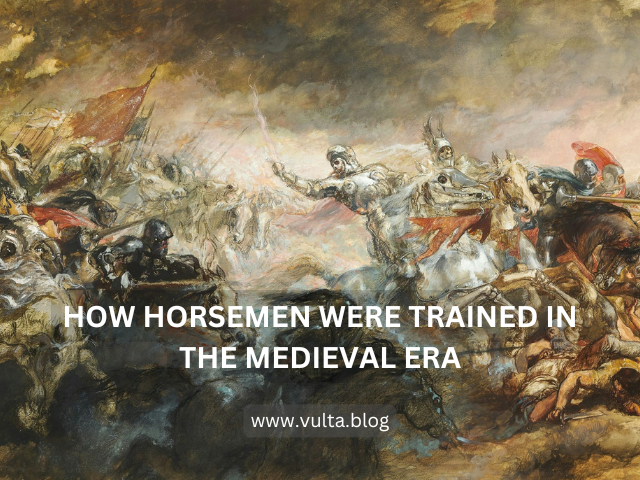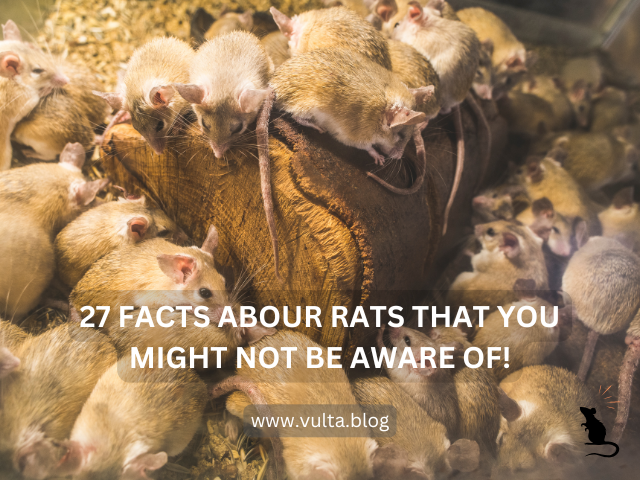Why Some Animals Are Livestock And Others Are Not

What are Livestock Animals?
Livestock animals are domesticated animals raised for food, labor, or other products like milk, wool, and leather.
Reasons Why Some Animals Are Livestock and Others Are Not
1. Domestication Potential

For animals to be considered livestock, they need to be easy to domesticate. They should be docile and social enough, and able to adapt well to human-controlled environments.
This is why animals like cattle, sheep, and chickens are good livestock, they check all the right checkboxes.
2. Dietary Needs

Another thing to consdier is what the animal eats and how much do they need to eat. We need to know this to determine whether the animal is worth domesticating or not.
This is why animals like sheep, cows, and chickens are perfect livestock. They eat grass, hay, byproducts, and other inedibles for humans. In return, they provide leather, milk, wool, eggs, and meat.
Likewise, this is why carnivorous animals like tigers or lions are not domesticated and unlikely to ever be. Their diet and other needs are just far too resource-intensive to be practical.
3. Reproductive Rate

We also need to factor in time. How long does a baby animal become an adult? How many offsprings does the animal produce each pregnancy?
Reaching adulthood quickly and producing numerous offspring are ideal traits for livestock, which is why chickens are amazing and a godsend gift to humans.
This is why elephants are not domesticated despite meeting many ideal traits for being livestock, such as their diet and trainability. Elephants are simply too resource-intensive, as young and baby elephants require many years to reach adulthood.
4. What Do They Provide?

Connected to reasons 2 and 3, we need to consider what the animal provides. Is it just meat? Does it produce usable materials (leather, wool, etc.)? Can it be used for labor (dogs, bulls, horses, etc.)?
Animals that don’t contribute significantly in these areas are not prioritized. Vice versa.
5. Environmental Suitability

Livestock animals, depending on the part of the world you live in, must be able to survive the local climate and adapt to any changes. Animals that struggle to thrive in these conditions are less likely to be chosen to be domesticated.
Things To Note
Geographical Availability
Historically, domestication often depended on location. However, in the modern world, transportation has largely eliminated this barrier, allowing animals to be shipped globally.
Selective Breeding
Livestock have been shaped by humans over thousands of years through selective breeding. This process has enhanced traits like milk production in cows, egg-laying in chickens, or wool quality in sheep.
Cultural Influences
Cultural values determine how animals are used. For example, cows are considered sacred in India but are livestock elsewhere. These norms have historically influenced domestication choices.
Copyright ©2025 by Marshall Vulta




Comments ()